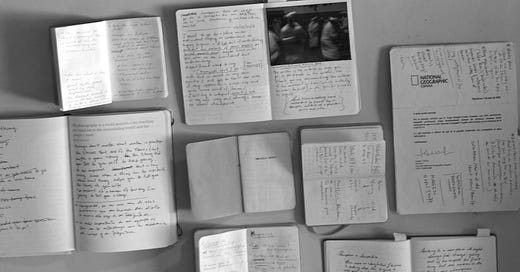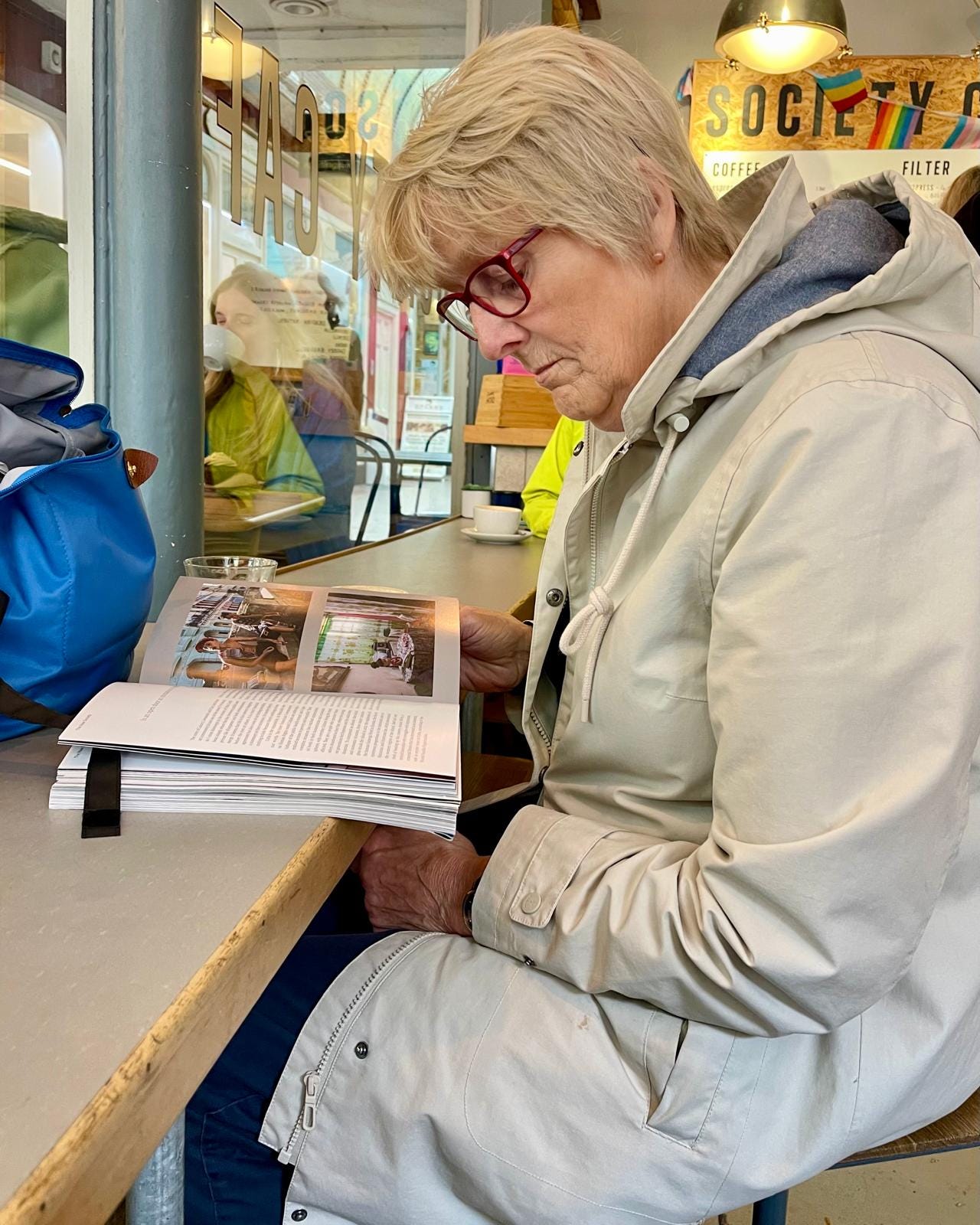The empty page is usually something that photographers are not afraid of. Our medium of expression is the only one that starts with a full canvas (life itself), so our job most of the time is to extract bits and pieces (what we call framing) to say something about the reality we have in front of us. But the job, the story, shouldn’t live in the ether.
I believe that photographers like myself are in love with the process, the act of being out there walking, thinking, looking. Of course, as great as it is, that is just part of it.
One of the things that scares me the most when thinking about my photography is the term “data center.” To me, that’s the nothingness, a void that sucks our experiences and creativity like a black hole. If you fall into it, nothing comes back.
Social media is not the answer either, in my opinion. Those platforms are like monsters that need to eat too much, and they don’t care if what you give them is good or bad; they just want more and more. The problem with it is that the best of you, your voice, gets lost in the stream.
The real haptic feedback
I feel that terms like haptic feedback or virtual reality are attempts by technology companies to cover up the very thing that the digital world will always lack, reality itself.
Why are we okay with that? Yes, there are lots of benefits from the technologies that we all enjoy, including this very same platform from which I’m talking to you right now. I believe that we should embrace the opportunities that some of them bring to us. However, statements like the ones from Adobe saying things like “Skip the photoshoot” in one of their campaigns are rather insulting. We must fight back and give true value to our work.
One of the best antidotes to that is to put your work in the form of a book. It is not the only one, but to me, it is one of the best outlets to really show your point of view, your craft, your voice and it’s timeless. But, that makes us confront that very thing we are not used to, the famous blank page. Another frame that in this case forces us to include, not to exclude, it forces us to have an intention. It’s a framework in which the fluidity of the real world, that process we love so much, stops to morph into a place where our language must make sense.
In a talk, one of the photographers that inspires me the most, Jose Manuel Navia, said something interesting: If you go to an exhibition to see a show about a great painter (let’s stay in Spain for the moment) like Sorolla and compare that experience to observing Sorolla’s paintings in a book, you realize that there is an astronomical difference. But if you do the same exercise with a photography exhibition and a photography book (generally speaking), the difference is not that great.
I would argue, actually, that one can enjoy the work with the same wonder, just with a different approach.
The form of a book invites the viewer to read the story in a very specific way. You can see only one or two pictures at a time, and depending on how you sequence them, you can give different meanings to your story. I think there is a beautiful conversation between the author and the audience; the pause, the going back a couple of pages, leaving the book open in the same page for a couple of days…
It’s a collaborative effort at many levels, not only between you and your story and whoever is going to go through the body of work. There is also the possibility of collaborating with a designer, a curator, an editor, another photographer, or a writer, the possibilities are endless.
That unassuming picture of a woman reading a book in a coffee place is one of the most beautiful things that has happened in my photographic career.
Emilio Morenatti used to say: if you can create a small sequence of a few pictures and a few lines and make someone stop for a few minutes to go through it, it means that you know how to tell a story.
The ultimate goal of any author (and that’s what we are) is precisely that; to make someone stop, sit down, and have a coffee somewhere in London and wonder about something that you have to say. What you might not have noticed is that what the woman is reading is the second issue of The Raw Society Magazine. Rob Shaw, our designer, saw her while he was having a coffee in the same place. They never exchanged words, but they did connect.
That unassuming picture is evidence that if you do it well, carefully, collaborate, and have something to say, there will be people out there willing to listen and willing to share your experiences with you.
And yet, like I would imagine happens to our storytelling cousins, the writers, what seems to paralyze us is the same empty page, that first step that feels like a wall impossible to cross. But like borders on a map, it’s just an imaginary line.
I’m going to guess that all of this rambling, although it might be somewhat inspiring, really doesn’t explain much of this process of bookmaking. But because of a little bit of serendipity, it happens that Christelle and I are having one of the biggest shows to date in a museum here in Menorca, with more than a hundred pictures of eight years of work together. And, of course, we are making a book about it.
I thought that it could be valuable and interesting to show you how I’m approaching this book step by step in a series of posts.
A little bit of a behind-the-scenes look at a project in which international companies, private collectors, mayors, and government entities are supporting an idea.
The idea of making something real, tangible, something that will not get lost in the ether, something that, with a little bit of luck, will stay and tell a story about a journey, our journey.
So if you think that it could be something interesting to you, let me know. And if in the middle of it you think that you want more or you want to support the project, you always can join The Raw Society.
P.S. Sharing this newsletter also helps.








Eager to learn how the dance of words and images unfolds , the choreography of the blank page inhabited and adorned . Documenting that would be incredibly inspiring for my own journey. Gracias Jorge!
Love it!